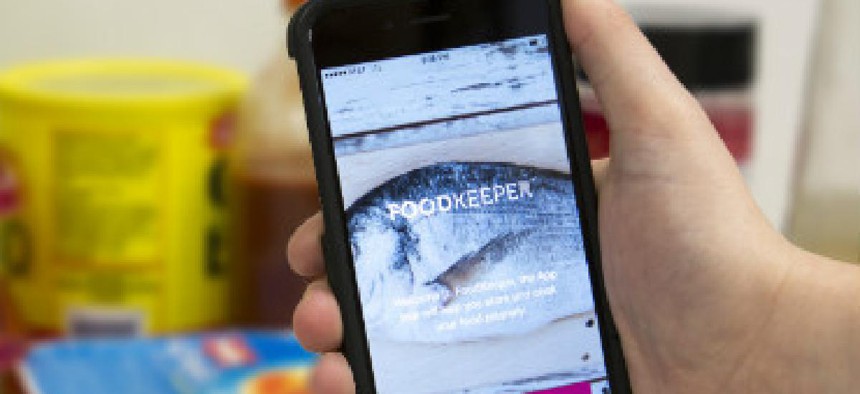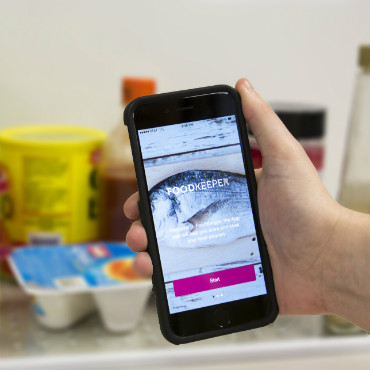USDA app adds real-time updates on food recalls

The USDA announced a series of updates and new features to its FoodKeeper mobile app.

The USDA's "Foodkeeper" app. (Photo courtesy USDA.)
An update to the Department of Agriculture's FoodKeeper food and beverage freshness app will now push real-time updates to users about recalls.
The changes, announced Aug. 29, mark the sixth update since the mobile and web application was initially rolled out in April 2015. Chris Bernstein, director of food safety for the Food Safety Inspection Services at USDA, said the user feedback spurred the addition of recall data.
"We've gotten a lot of consumer feedback about the application, and one of the things folks told us is that we have this fantastic application with all this food information, but what if there's been a recall of chicken nuggets, is there a way we could build that in?" said Bernstein.
The agency plans to make another update in September that would automatically push recall information to users based on foods they've searched in the past.
The FoodKeeper app is free for Android and iPhone users. It was developed as a joint project between USDA's Food Safety and Inspections Service, Cornell University and the Food Marketing Institute. That was also the same year the USDA and Environmental Protection Agency announced a pledge to cut U.S. food waste in half by 2030. The app's core feature revolves around a database containing information of safe and proper storage techniques for hundreds of different perishable foods and beverages. The latest update adds another 100 foods and beverages to the list, along with instructional videos.
Bernstein said that even as new functionalities are added to the application, its "heart and soul" will always be the food storage data. When the app was initially rolled out in April 2015, the agency set a goal of getting 10,000 downloads by the end of the summer. Bernstein said the agency saw approximately 50,000 downloads in the first month and 150,000 overall. Installations have consistently hit 10,000 to 15,000 every three months.
"The response was really a lot greater than we expected, and it was just something the public was really interested in seeing," he said.
Research suggests many Americans could use that guidance: A study last year found that the U.S. collectively wastes as much as 40 percent of the food purchased every year, often unnecessarily and as a result of confusion over expiration dates.
In August, the National Resources Defense Council released an updated edition of its landmark 2012 report on food waste, finding that Americans throw out approximately, $218 billion worth of unused food every year. That's 400 pounds of food per person per year, or enough to provide every American with a daily 1,250 calorie diet.


